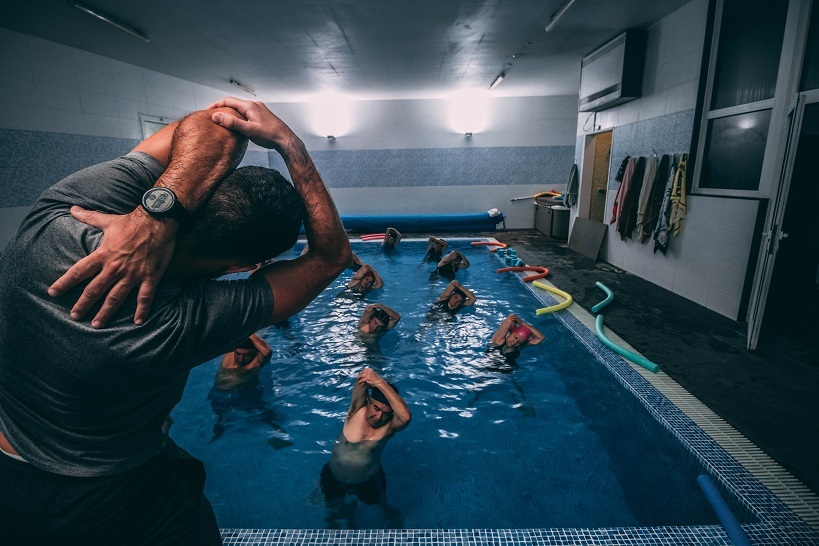We have all heard about the importance of exercise and health. Being an orthopedic surgeon and performing many hip and knee replacements, I've seen this first hand.
The rehab after hip or knee replacement is crucial in the outcome and recovery experience. Pain, fatigue, depression, and, even at times, post-traumatic stress in the postoperative period plays a role in how the patient perceives their recovery and my quality as a surgeon. The impact became evident approximately 15 years ago when I thought it would make sense to have my debilitated or deconditioned patients exercise before surgery.
Less Pain and Fewer Side Effects After Surgery
The results of exercising before surgery—or what is commonly now known as “prehab”—were remarkable. The fatigue, difficulty sleeping, and significant pain—frequently seen the first few weeks after surgery—were surprisingly improved. During postoperative visits, the patients would smile more, meet rehabilitation goals faster, and be impressed with their success at a much higher level than those not willing to participate in the preoperative exercise program.
As the years have gone on, and we have fine-tuned the process, I have even had physical therapists call to ask what I do that makes my patients recover faster/better than others.
I am fortunate to be surrounded by many skilled joint surgeons. I attribute the perception of better recovery to the preoperative exercise and the motivation I put towards this. Scientific studies prove that patients who exercise before joint replacements have less pain, require fewer narcotics, and have better outcomes.
We are lucky that our health system has a health club associated with it. We have built a program for surgical patients to strengthen, build endurance, and increase flexibility beforehand. This process can be done through physical therapy but can be quite costly and has frequency limitations.
